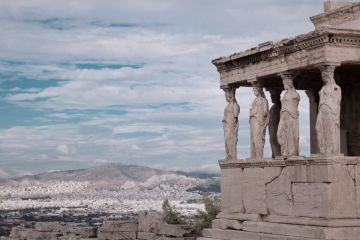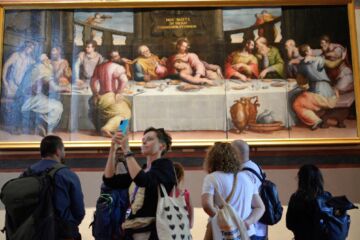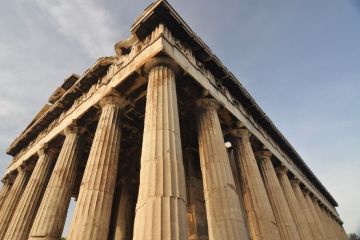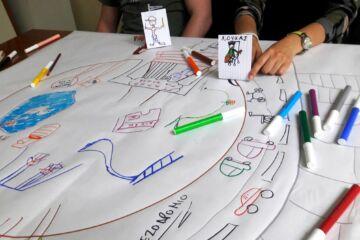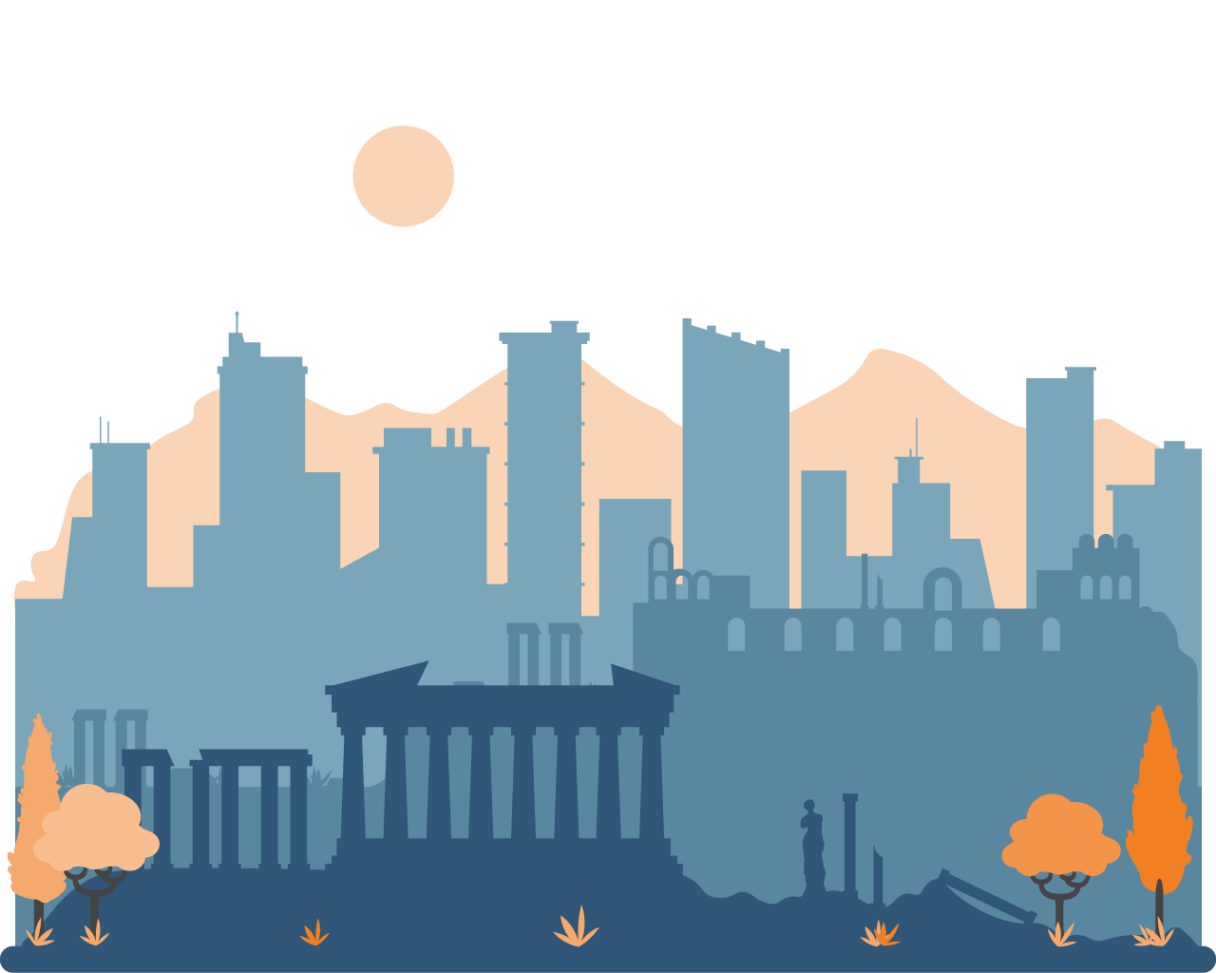
Erasmus Courses for Teachers in Athens, Greece
OID: E10333773
The cradle of Western civilization that boasts breathtaking ancient landmarks, delicious Mediterranean cuisine, and a prestigious education system.
Confirmed Sessions in Athens
Reviews
About the Training Centre in Athens
All our courses in Athens will take place either in the Morning (9:00 13:45) or in the Afternoon (14:00 – 18:45) depending on classroom and trainer availability.
The courses are held in:
- 78 Eleftherios Venizelos Avenue, Kallithea. The venue is just 50 m away from Harokopio University and 2.4 km from Acropolis.
Organization’s Fiscal Data
ΟΙD: E10333773
Kentro Xenon Glosson (EUROPASS ACADEMY ATHENA)
Address: El. Venizelou ave 78, Kallithea 17676, Athens, Greece
VAT: 802077930
EUID: ELGEMI.169491012000
Responsible Person (name, function, e-mail, tel):
Dr. Ambra Falabella, Director of Europass SRL Office and Courses Operations
Email: teacheracademy@europassnetwork.eu
Phone: +39 055 1997 3220
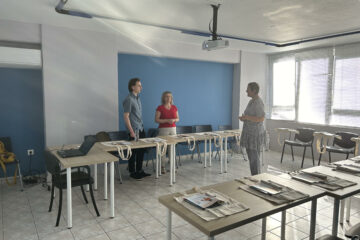


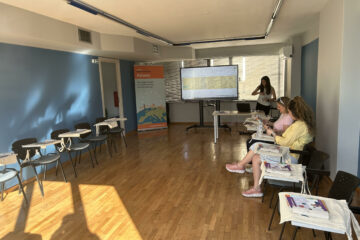
Our Cultural Activities
The following cultural activities are included in the price of each Erasmus course in Athens:
- a ticket to Museum of Acropolis
- a two day hop-on hop-off bus tour to get the best of the city center: Piraeus and Athenian Riviera
Best Things to Do in Athens

Athens is the historical capital of Europe from the Neolithic era until today. The city’s long, fascinating history reached its peak in the 5th century B.C. (the “Golden Age of Pericles”) when its values and culture exceeded the geographical boundaries of the city and acquired universal radiance.
It is widely referred to as the cradle of Western civilization and the birthplace of democracy, mainly because of its cultural and political impact on the European continent.
Thus, Athens was the matrix of Western civilization, while countless Greek words and concepts such as democracy, harmony, music, mathematics, art, gastronomy, architecture, logic, love, euphoria, and hundreds of others enriched many languages and inspired different cultures.
Over the centuries, Athens experienced various conquerors, who left their mark on the city with glamorous monuments of rare historic importance. In 1834 Athens was declared the capital of modern Greece based on the city’s classical past, which developed into a modern metropolitan center with unparalleled charm.
In modern times Athens is a large cosmopolitan metropolis, central to economic, financial, industrial, maritime, political, and cultural life in Greece. Each neighborhood has its own unique attractions and character.
Today, visiting Athens’s city offers a unique experience: A “journey” in the history of 6,000 years in one of the most popular destinations for Greek and foreign tourists.
1) The Acropolis and the Parthenon

The name Acropolis derives from the Greek words AKRO (meaning peak, top) and POLIS (meaning city). Acropolis, therefore, means “the top of the city.” The Acropolis contains the remains of several ancient buildings of great architectural and historic significance, the most famous being the Parthenon.
The Parthenon is a temple dedicated to the goddess Athena Parthenos (Athena the Virgin). There are two other temples visible today on the Acropolis: the Erechtheum (with its famous Caryatids) and the tiny temple of Athena Nike (meaning Athena Victory).
2) The Acropolis Museum
The Acropolis Museum is an archaeological museum focused on the findings of the archaeological site of the Acropolis of Athens. The museum was built to house every artifact found on the rock and on the surrounding slopes from the Greek Bronze Age to the Roman and Byzantine eras.
3) The National Archaeological Museum

The National Archaeological Museum of Athens is the largest archaeological museum in Greece and one of the most important museums in the world devoted to ancient Greek art. It was founded at the end of the 19th century to house and protect antiquities from all over Greece, thus displaying their historical, cultural, and artistic value.
4) The Benaki Museum of Greek Culture
The Benaki Museum of Greek Culture is housed in one of the most beautiful neoclassical-style buildings in Athens, near the National Garden and the Hellenic Parliament. It was converted into a museum in order to shelter the collections of Antonis Benakis. Following its most recent refurbishment (1989–2000) the building houses a unique exhibition on Greek culture arranged diachronically from prehistory to the 20th century.
5) The Ancient Agora

The Ancient Agora Market in modern-day terms is the best-known example of an ancient Greek agora located in the northwest of the Acropolis and bounded on the south by the hill of the Areos Pagus and on the west by the hill known as the Kolonos Agoraios, also called Market Hill.
6) The Museum of Cycladic Art
The Museum of Cycladic Art is dedicated to the study and promotion of ancient cultures of the Aegean and Cyprus culture with special emphasis on Cycladic Art of the 3rd millennium BC. It was founded in 1986 to house the collection of Nicholas and Dolly Goulandris.
7) The Panathenaic Stadium

The Panathenaic Stadium is located on the site of an ancient stadium and for many centuries hosted games in which male athletes competed (gymnikoi agones) in track events, athletics championships as we would call them today. Since 565 BC., these games were included in the program of the Panathenaia festival celebrations.
8) Mount Lycabettus
Standing 277 meters above sea level, Lycabettus Hill (sometimes spelled Lykavitos) is the highest point of Athens. A beautiful walk up via a circular path will be a test of endurance and a challenge. A funicular or cliff railway can also take you to the top of the hill and proves to be a novelty for those who prefer the “easy way” to the top.
9) Monastiraki, Plaka and Koukaki

Plaka and Monastiraki, the most touristic areas of Athens, excite with picturesque corners that serve also as lessons in history. In the shadow of the Acropolis, the neighborhood of Koukaki, with its unevenly paved sidewalks lined with bitter orange trees, there is an urban village feel. Boasting is the elegant Acropolis Museum on the sweeping cobbled esplanade of Dionysiou Areopagitou which has turned Koukaki into one of the most distinguished residential districts.
 Please wait, we're loading the information about the courses. It could take few seconds.
Please wait, we're loading the information about the courses. It could take few seconds.


